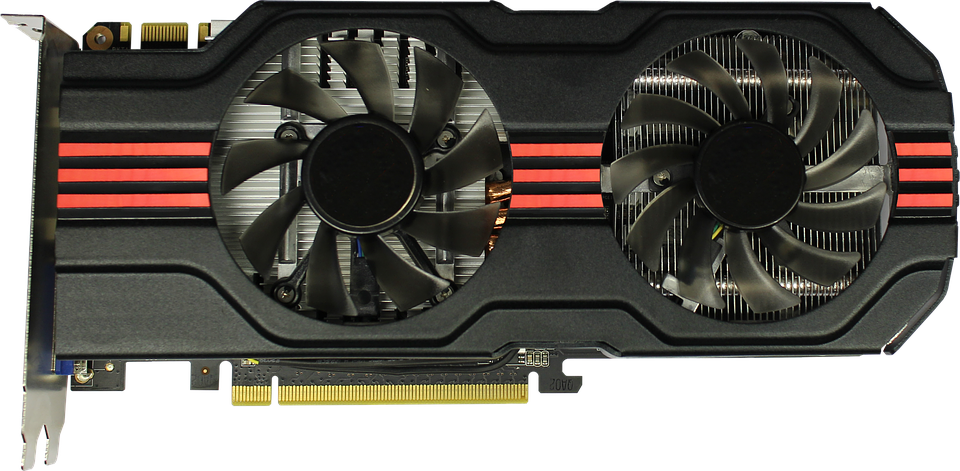A Graphics chipset is a computer graphics card component that controls the images on your monitor by accessing the frame buffer with its own local memory. It also has an interface to transfer data back and forth between system RAM, containing video information not currently displayed in full-screen mode, with the graphic’s frame buffer which contains what is being displayed at that particular moment.

A graphics chipset can be integrated into a motherboard or it can be part of a separate expansion card plugged into one of your computer’s PCI slots. The word “chipset” may make you think this is some kind of processor chip but in reality, it simply refers to all of the components necessary for displaying graphics on your monitor.
The model number and manufacturer of a chipset are usually used to identify its design. Graphics chip designs can be customized to meet a wide range of requirements for quality and input plug options.
How Does a Graphics Chipset Work?
The chipset is responsible for preparing images so they can be sent to a monitor. This process is known as rendering the frame, which is done in stages using low-level hardware at each stage.
Each stage of this process has its own device found on the graphics card called a render pipe or processing pipeline that contains different kinds of hardware components performing specialized tasks.
In chronological order from when it’s prepared by CPU until it’s actually displayed on your monitor, these devices are CPU, memory controller hub (MCH), digital to analog converter (DAC), display engine (DE), and display output (DO).
1) The first step in rendering an image is by getting instructions from the computer’s CPU. These instructions take up system RAM which is then passed to the chipset’s memory controller hub.
2) The MCH then takes that information and passes it on to the chipset’s Graphics Memory Controller (GMC). This device has its own memory known as frame buffer which contains what is being displayed at any particular moment.
3) Now that the GMC has received all of this necessary information, it can begin rendering each scene or image for display. It does so by converting the numbers in the computer’s RAM into actual images using Digital to Analog converters, more commonly known as DACs.
These depict every little detail in your graphics, from color depth/pixel precision, texture size, font size/resolution, etc. This rendering process reads each pixel one after another and uses this information to calculate what color they should display.
The reason for reading each pixel one by one is because the size of the pixels (picture elements) varies depending on how far away you are from your screen; if a monitor has a resolution of 1280 x 1024, that’s an example of pixel size.
So by simply knowing the width and height of an image, it can figure out exactly where each pixel is on its own. This rendering process continues until all pixels have been read and displayed on your monitor as a complete scene or frame.
These frames typically take up 60 times/second which is known as V-Sync rate so simply put, new scenes will be rendered every 1/60th/ with current scenes being replayed or refreshed 60 times/second.
4) The last step before the image is displayed on your monitor is known as output which requires a digital to analog converter (DAC), also found on the graphics chipset, take an image from your monitor’s frame buffer and turn it into electricity that can then be interpreted by your monitor to display that scene or frame.
So if you’re confused about what the Graphics Chipset actually does, it prepares images for rendering by accessing its own local memory known as Frame Buffer, it accesses system RAM in order to obtain information necessary for rendering images, this information is first passed onto the chipset’s Memory Controller Hub where all rendering stages are managed by different kinds of hardware components called Render Pipes.
These Render Pipes pass on information from one to another, each containing different kinds of hardware components performing specialized tasks that contribute to the rendering process.
Once all pixels have been read and displayed on your monitor as a complete scene or frame, this is output, which requires a Digital to Analog converter (DAC) take an image from your monitor’s frame buffer and turn it into electricity for your monitor to display.